Princess Diana: A common touch that bridged social divides
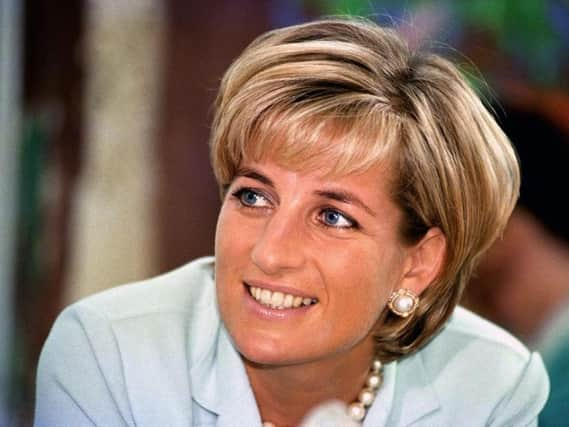

Andrew Vine: Diana changed us all, but was it always for the good?From an unknown kindergarten teacher, sharing a London flat with her girlfriends she became the People’s Princess whose legacy continues 20 years after her death.
She championed the disadvantaged, from those with Aids to the homeless and her common touch could bridge social divides.
Advertisement
Hide AdAdvertisement
Hide AdHer warmth, compassion and empathy for those she met shone through even in her troubled times.
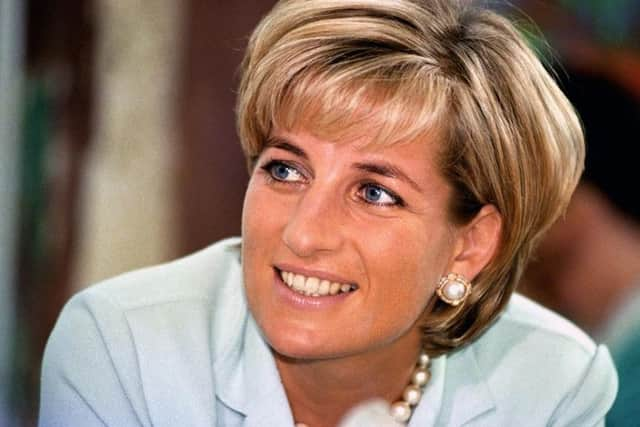

For she also fought personal demons like her battle with bulimia, and could appear a lonely figure troubled by the media attention her looks and status attracted.
Her fairy tale wedding on July 29 1981 at St Paul’s Cathedral was watched by a television audience of hundreds of millions and turned the self-dubbed “Sloane Ranger” into a world superstar.
For more than a decade afterwards the Prince and Princess of Wales were regarded as the world’s most romantic couple but, soon into their marriage, the cracks had begun to appear.
Advertisement
Hide AdAdvertisement
Hide AdDiana bore the Prince a son, William, in June 1982 and a few years later another, Harry, in September 1984.
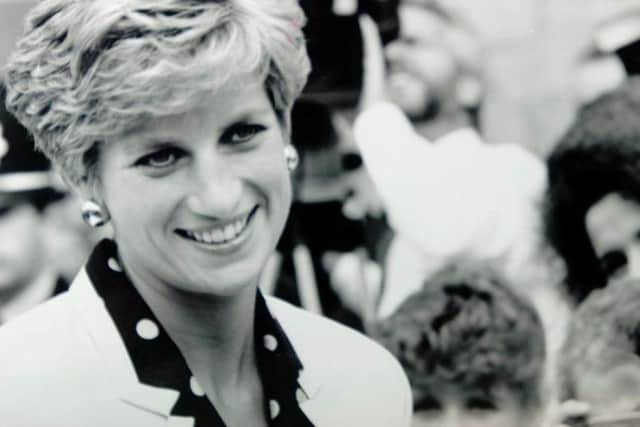

But according to Andrew Morton’s explosive book, Diana, Her True Story, which revealed the Princess’ inner turmoil, Charles had wanted the second child to be a girl.
His dismissive reaction to the arrival of a son and departure for a polo game the day after the birth was said to have marked the beginning of the end of the marriage.
Morton wrote: “From that moment, as Diana told friends: ‘Something inside me died’.”
Advertisement
Hide AdAdvertisement
Hide AdDiana was haunted by her belief Charles’s former lover Camilla Parker Bowles, now his wife, was back in his life and she was wracked by insecurities, doubting her worth as a member of the Royal Family.
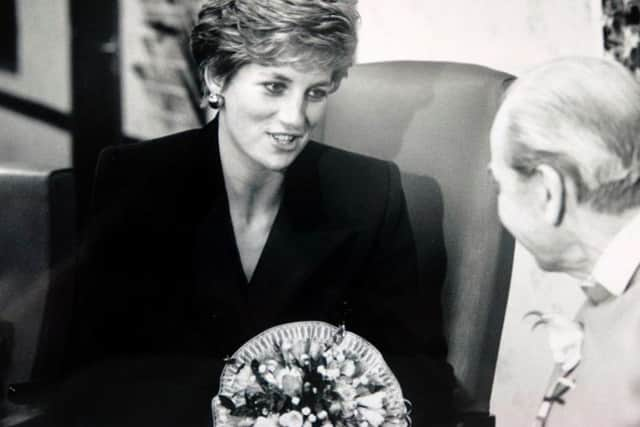

The marriage was effectively over by the end of the 1980s but the Prince and Princess kept up the public pretence until they separated in December 1992.
A few years later Charles made his own public admission telling broadcaster Jonathan Dimbleby in a television documentary that he was unfaithful after his marriage had “irretrievably’’ broken down, but did not identify his mistress. It was later alleged, but never confirmed, that it was Camilla.
Diana made her own TV confession in November 1995 when she told the BBC’s Panorama programme she had an affair with Life Guards officer Major James Hewitt.
The royal couple divorced in August 1996.
Advertisement
Hide AdAdvertisement
Hide Ad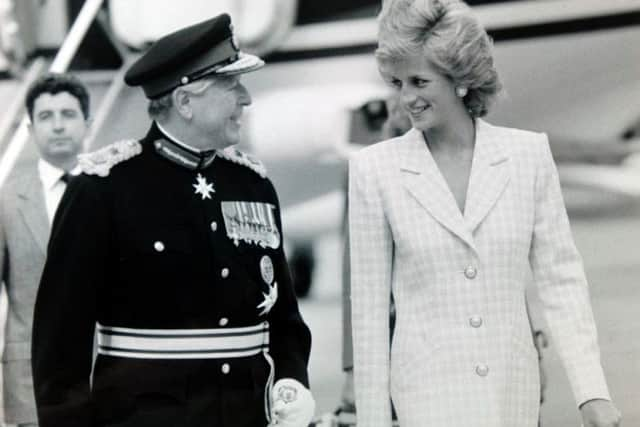

The Princess had her critics. She was dismissed by some as a “clothes horse’’ for her love of designer dresses while others accused her of trying to emulate the reputation of Mother Teresa through her charity work.
But she championed causes that, at the time, were not fashionable – publicly shaking hands with Aids patients, supporting homeless charities and taking William to meet rough sleepers, and campaigning to outlaw landmines.
The simple gesture of shaking hands with a HIV-positive man – when many believed casual contact could spread the virus – challenged prejudices in the late 1980s.
And the year she died the Princess was famously pictured walking through an Angolan landmine field, being cleared by a charity, to highlight the impact buried munitions were having long after conflicts had ended.
Advertisement
Hide AdAdvertisement
Hide AdJulian La Bastide, 50, a former senior nurse manager who ran a team caring for HIV patients, described as “groundbreaking” Diana’s decision to meet and come into contact with Aids sufferers, ostracised by their families, friends and sometimes the medical profession.
He said: “Diana was very quiet, very calm and not your ‘celebrity’ type person.


“She brought this serenity, this peace, she was just very composed, very quiet and when she left there was awe - all the patients and staff, there was just this sense of everyone feeling awe.”
In terms of landmines, Diana never saw her work come to fruition as she died before the international treaty to ban the military weapons was signed.
Advertisement
Hide AdAdvertisement
Hide AdHer death brought an international outpouring of grief on an unprecedented scale, but two decades on her sons the Duke of Cambridge and Prince Harry have spoken candidly, describing the personal anguish they experienced and the grief they still feel.
Harry said: “There’s not a day that William and I don’t wish that she was... still around.
“And we wonder what kind of a mother she would be now, and what kind of a public role she would have, and what a difference she would be making.”
That difference is now being made by them, They have not only adopted some of her causes, from Aids awareness to supporting the homeless, but reflect to a degree her ability to connect with the vulnerable and disadvantaged.
Advertisement
Hide AdAdvertisement
Hide AdSo the woman who some royal commentators claim was viewed with suspicion for her unorthodox approach to being a royal – is helping to keep the monarchy relevant in the 21st century.
Read more:
Andrew Vine: Diana changed us all, but was it always for the good?Earl Spencer: I was lied to about Princess Diana's funeralPrincess Diana dies in Paris car crashDivided opinion: Nation split as Channel 4 broadcasts controversial Princess Diana documentary‘Royal family has shown Princess Diana’s memory too little respect’, say a third of British public